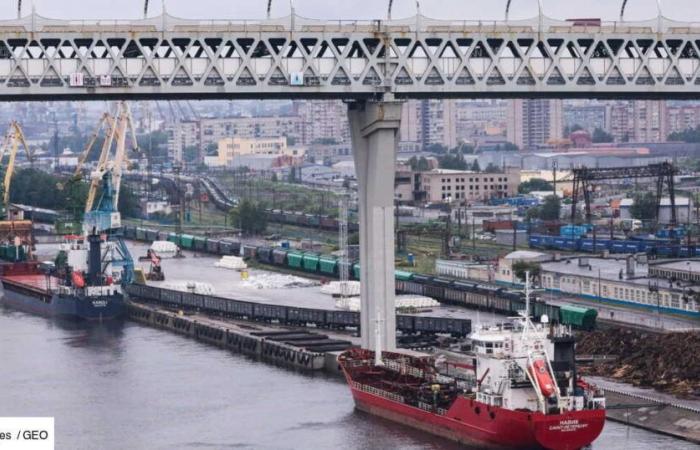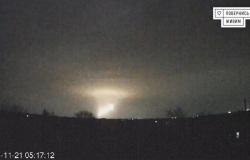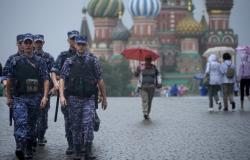Russia has launched the world’s most powerful nuclear-powered icebreaker from a shipyard in St. Petersburg. Named Chukotka, it has a thermal capacity of 350 megawatts. Russian President Vladimir Putin oversaw the launch of the 173 meter long, 34 meter wide and 57 meter high giant via video link.
Increase the development of Arctic territories
Russia is showing its ambitions with this icebreaker ship capable of crossing ice up to 2.8 meters thick and withstanding the climatic conditions of the Arctic. Designed to be operational for 40 years, Chukotka is intended to enable the development of the Northern Sea Route (NMR), the passage connecting the Atlantic Ocean to the Pacific Ocean and the shortest route connecting Europe to Asia. This is a crucial issue for Russia, under international sanctions which have affected its ships since the invasion in Ukraine.
The RMN is only navigable during the summer, but large icebreakers like the Chukotka should make it possible to extend this short navigation window. “I would like to repeat that our plans to develop the Arctic territories and increase cargo traffic on the Northern Sea Route are based on the expansion of the Russian icebreaker fleet”declared Vladimir Putin.
“We have ambitious plans in this area. There is a lot to do. In this context, I propose to organize a special meeting on this topic, to prepare and discuss in depth all aspects of the advanced development of the Northern Sea Route, in order to find practical and concrete solutions”he added.
The Russian president also said he was convinced that the growing capabilities of the Russian fleet combined with the effects of global warming could allow this route to “gaining ground year after year”.
Safety concerns
As recalled Interesting Engineering, the Chukotka joins three new-generation Russian nuclear-powered ships already operating in the waters of the Northern Sea Route. And a fifth ship, the Yakutia, should soon complete the fleet. But while Vladimir Putin assured that his country “should strengthen security in the northern waters”, Russia’s actions are actually one of the reasons for the disorder in Arctic waters.
The fault lies with its “ghost fleets”, aging vessels that violate maritime standards that Russia circulates in defiance of the rules to circumvent the restrictions to which it is subject and escape the sanctions that threaten it.
Belgium






